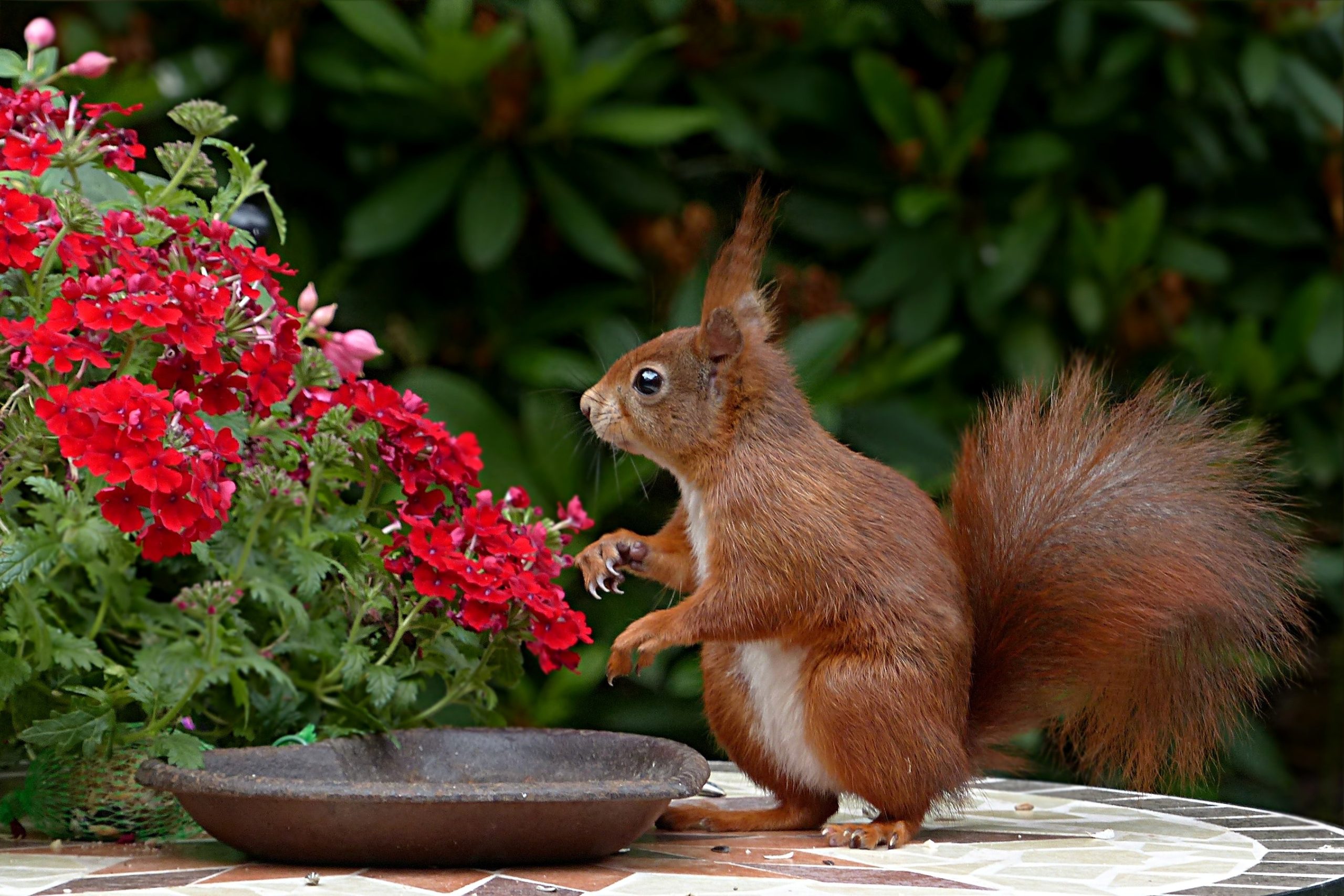Wildlife Gardening for Beginners: How to Get Started
Have you ever watched a butterfly flitting around your garden and wished you could see more of them? Or maybe you’ve heard the joyous chirping of birds and wished they would make a home in your backyard.
If so, wildlife gardening might be just the thing for you!
Wildlife gardening is all about creating a space supporting and encouraging local wildlife, from the smallest insects to the busiest birds. Not only is this beneficial for local biodiversity, but it’s also incredibly rewarding for us gardeners. This guide is designed for anyone looking to dip their toes into wildlife gardening. So let’s dive in!
Understanding Your Local Wildlife
Before you start planting, it’s crucial to understand what types of wildlife live in your area and their needs. Wildlife needs can generally be broken down into three categories:
- Food: What types of plants and insects do local wildlife eat? Do they require a specific diet at different times of the year?
- Shelter: Where do local wildlife species like to rest or hide? Do they need specific conditions for breeding?
- Water: Do they need a constant water source, or can they get by with occasional access?
By understanding these needs, you can design a garden providing a supportive habitat for a variety of species.
Choosing the Right Plants
One of the fundamental aspects of wildlife gardening is choosing the right plants. And the right plants are often those native to your area. Here’s why:
- Attract a variety of wildlife: Native plants have co-evolved with local wildlife, meaning they’re naturally suited to providing food and shelter for a range of species.
- Suitable for your garden conditions: Native plants are adapted to your local soil, climate, and pests, making them hardier and easier to care for.
- Promote biodiversity: Planting a variety of native species can help support a wider range of wildlife, contributing to a healthier ecosystem.
When you decide to buy native plants, consider different garden conditions. Some native plants prefer sunny spots, some thrive in the shade, and others are perfect for wet or dry areas. A diverse selection will cater to a wider range of wildlife.
Providing Food Sources
A key part of a wildlife-friendly garden is providing a steady food supply. Here’s how:
Plant for all seasons: Try to ensure plants are flowering throughout the year. This provides a consistent food supply for pollinators.
- Grow fruit-bearing plants: Berries, fruits, and nuts are a great food source for a variety of birds and mammals.
- Supplement with feeders: Bird feeders filled with seeds, nuts, or fat balls can help supplement natural food sources, especially during winter months.
Remember, it’s essential to be patient. It might take a little while for local wildlife to find the buffet you’ve laid out for them.
Offering Water Sources
Water is just as crucial as food in a wildlife-friendly garden. Here’s how you can offer water sources.
- Birdbaths: These provide a place for birds to drink and bathe. Just ensure the water is shallow and the bath is easy for birds to get in and out of.
- Ponds: Even a small pond can support a wide range of wildlife, from frogs and newts to various insects.
- Water dishes: A shallow dish filled with water can be a lifesaver for insects and small mammals, especially during hot summer days.
Remember to keep water sources clean and replenished to prevent the spread of diseases.
Creating Shelter and Breeding Spots
Providing shelter and safe spots can make your garden a haven for wildlife. There are several ways we can introduce or let nature create a diverse range of homes for various creatures in our gardens. Here are a few suggestions.
- Long grass: Leaving areas of grass to grow wild can provide a habitat for all sorts of insects and minibeasts, not to mention a feasting ground for the hungry birds that feed on them.
- Borders: Borders filled with flowering native plants and shrubs offer nectar-rich food to butterflies and bees, as well as seeds, berries, and cover for birds and small mammals.
- Trees and hedges: These offer roosting and nesting sites for birds and mammals, as well as valuable shelter and cover from the elements and possible predators.
- Ponds and water features: These can be a habitat for a variety of animal life, from amphibians and invertebrates to bathing garden birds.
Sustainability in Wildlife Gardening
Being sustainable and thinking of the environment is another crucial part of wildlife-friendly gardening. Many of our actions have an impact on wildlife that goes beyond our gardens. We need to consider this when choosing materials and creating our spaces. Here are a few suggestions.
- Conserve water: Save rainwater in water butts and barrels. Pondlife will much prefer natural rainwater if you need to top up your water features.
- Recycle: Use reclaimed, old materials when building raised borders and other garden structures. Old pallets and scaffold planks can make great materials for building.
- Avoid pesticides: Avoid using pesticides and use non-toxic, non-chemical alternatives instead.
Transform Your Garden into a Thriving Ecosystem
Wildlife gardening may seem like a daunting task, but it doesn’t have to be. With a little bit of knowledge and effort, anyone can create a welcoming haven for local wildlife. And remember, you’re not just creating a beautiful space for yourself. You’re also making a real difference to the local biodiversity in your area.
So, are you ready to roll up your sleeves and get started on your wildlife garden journey? We promise the rewards — from the sound of birdsong to the sight of butterflies dancing among the flowers — will be well worth it.

